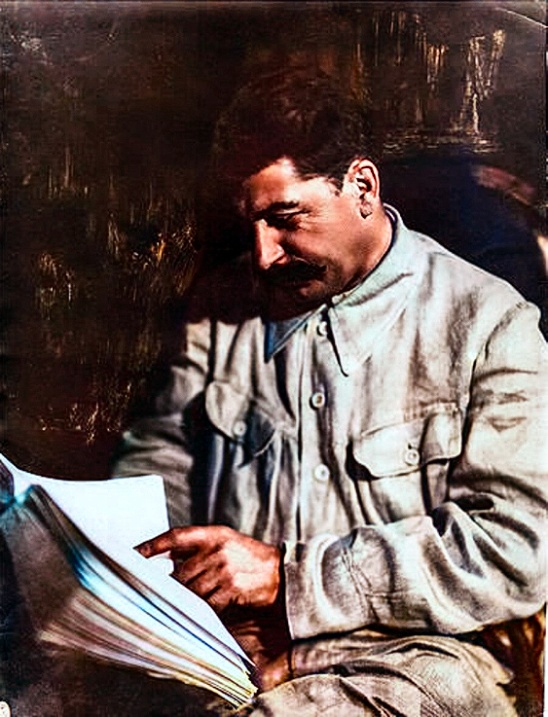

Understanding indigeneity in Malaysia
Indigenous politics in Malaysia may exhibit certain characteristics common to other places but what sets it apart is the nature of it’s colonization, where instead of a large settler population migration, a negotiation was had between the pre-existing feudal system and the oncoming colonial architects of so-called colonial capitalism. This negotiation prevented large-scale settler movements but paved the way for the import of large numbers of labourers from other parts of the British Empire, particularly that of India and China. Furthermore, this slow march was also characterized by the prevention and restriction of intra-“native” trading, which necessitated the rise of middlemen consisting of neighbouring “non-natives”, mostly comprador classes.
I have alluded before that indigenous politics may be more equivalent to “nativism” found in the US, but even that does not capture the full story.
According to Ethnologue, Malaysia with a population of only 33million, have 111 indigenous languages, with 21 non-indigenous, and 32 “unestablished” but assumed to still have prominence. This does not include the well-known Englsih creole of “Manglish”, the Malaysian “Singlish” equivalent. Malaysian Malay is the standard and official language of both state (rumi, latin alphabet) and religion (particularly in Jawi, arabic based alphabet), while English has semi-official status. One fun fact is that Malaysia is the only country outside of China to have a curriculum up to high school based fully in Chinese.
I bring this up to set the tone in understanding the diversity of both thought and practice of indigeneity and racialism in the country.
remaining so it does not take up the entire mega
Here’s I’ll try to characterize the type of people/arguments that take a position against or for an indigenous politics in this country, as means to better understand what it means to be indigenous here.
“native” vs “indigenous”
- in Malaysia, 2 words can be used for “indigenous”, “bumiputera” and “pribumi”, with “bumiputera” being the official term
- in contrast to bumiputera, a common slur for non-natives is “pendatang” (visitors)
- some Orang Asli and Orang Asal “aboriginals”, argue that Malay-Muslims are “bumiputera” but they are not “pribumi”
- Orang Asli are Austronesian and Austroasiatic speakers that did not fully assimilate/integrate into mainstream Malay culture, found in the Peninsular hinterland, and retains certain aspects of their own language, culture and religion
- Orang Asal includes Orang Asli, and mainly non-muslim or mixed religious ethnic groups found in Sabah and Sarawak (East Malaysia).
- bumiputera itself was a “new” term defined in the 1980s superseding “Malay” as the catch-all “indigenous” term to include non-muslim natives (Thai, some Orang Asli, Sarawakian, Sabahan ethnic groups mainly) and hybrid cultures (Peranakans and other “mixed” peoples).
So-called Pan-Malayism
- the first type is those that often emphasize Austronesian roots and a pan-maritime Southeast Asian identity
- sometimes may discount even Islamic history or “Arabization” in the archipelago as non-indigenous, “foreign”
- this often imported anti-Arab liberal ideology is for those that want to be seen as “one of the good ones”
- sometimes may discount even Islamic history or “Arabization” in the archipelago as non-indigenous, “foreign”
- the second type is those that emphasize Islam as basis of this unity
- this is mainly confined to Malaysia, although has some relevance in other Southeast Asian countries.
- sometimes confined to just the “Malay-Muslim” racial identity
- Sometimes you will see people specify Malay as “Malay-Muslim”, to differentiate it’s use in mainstream racial identification and the much longer and diverse history of “Malay” which had orientalist origins during the intensification of European colonization. This distinction does not necessarily undermine the Islamic component of being “Malay”, compared to the previously mentioned orientalist interpretation.
“indigenous” as not real
- often taken by some of the more liberal minded “non-natives”, they argue that a true native people does not exist because even “Malays” were migrants from Indonesia thousands of years ago
- The so-called “most liberal” position you can take (it is definitely liberal but not as much as some others that I have discussed)
- sometimes only claim Orang Asli and Asal as indigenous
- we are all one people kumbaya type beat
- includes a lot of the “I don’t see race” and “meritocracy” people
Contested and political
-
indigenous and racial politics are heavily interlinked in the country
- it is contested because qualifying for “bumiputera” status accords you with certain affirmative action policies, and government benefits
- the infamous “NEP”, accorded a bourgeois Malay-Muslim supremacy but at the same time intertwined the state with economic development
- this is also why neoliberalism’s most extreme policies never had social-economic bearing in Malaysia
-
the meanings have changed and will continue to be contested
- different groups and political projects ran their own definition of “Malay” and “indigenous”, usually dependant on their class relationship with the economy.
- in the past, bumiputera status was used to try sway votes, such as that for Indian Muslims a few years ago, and the aforementioned 1980s redefinition.
- just recently, a Sarawakian politican argued that Chinese people in the state should qualify for bumiputera status, due to their longer presence in the state compared to others.
+15 Allows military access